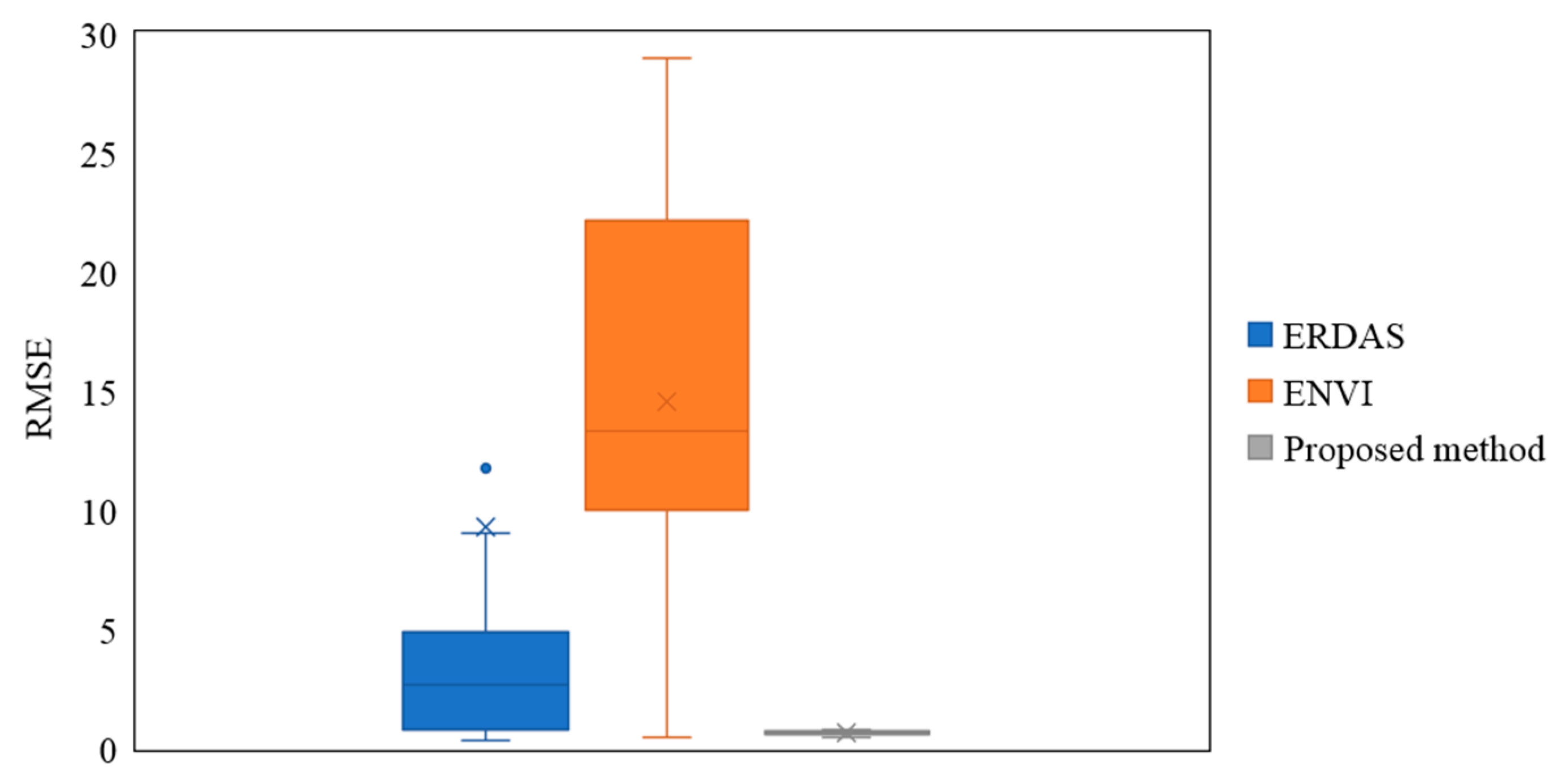

Most of these VHR sensors have already been studied over the last 20 years, with orthoimages and digital surface models (DSM) being the flagship georeferenced products derived from them. Nowadays, an increasing number of VHR optical satellites with stereo (or triplet) image capabilities are commercially available. The new generation of very high-resolution (VHR) commercial satellites with ground sample distance (GSD) lower than 1 m started in September 1999 with the launching of the IKONOS-2 satellite. The Deimos-2 showed worse completeness values (about 6% worse) and vertical accuracy results (RMSE Z 42.4% worse) than those computed from WorldView-2 imagery over the three land covers tested, although only urban areas yielded statistically significant differences ( p < 0.05). Regarding the Deimos-2 based DSM, its completeness and vertical accuracy were compared with those obtained from a WorldView-2 panchromatic stereo pair by using exactly the same methodology and semiglobal matching (SGM) algorithm. The best sensor orientation model for Deimos-2 L1B satellite images was the RPC model refined by a first-order polynomial adjustment (RPC1) supported on 12 accurate and evenly spatially distributed GCPs. As a step prior to extracting the DSM, different orientation models based on refined rational polynomial coefficients (RPC) and a variable number of very accurate ground control points (GCPs) were tested. In this way, the main goal of this work is to evaluate the capabilities of VHR Deimos-2 panchromatic stereo pairs to obtain digital surface models (DSM) over different land covers (bare soil, urban and agricultural greenhouse areas). Accurate elevation data, which can be extracted from very high-resolution (VHR) satellite images, are vital for many engineering and land planning applications.


 0 kommentar(er)
0 kommentar(er)
